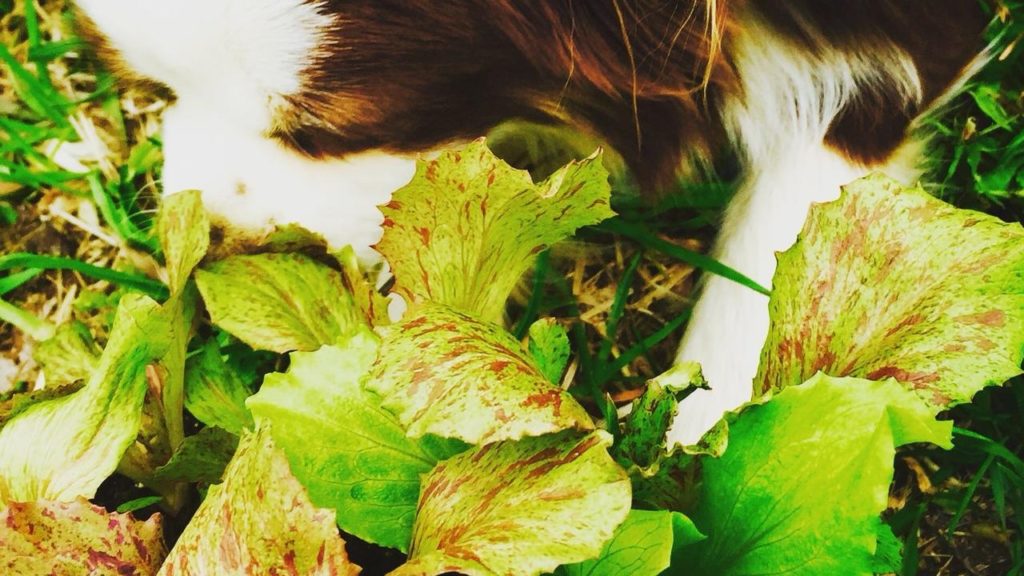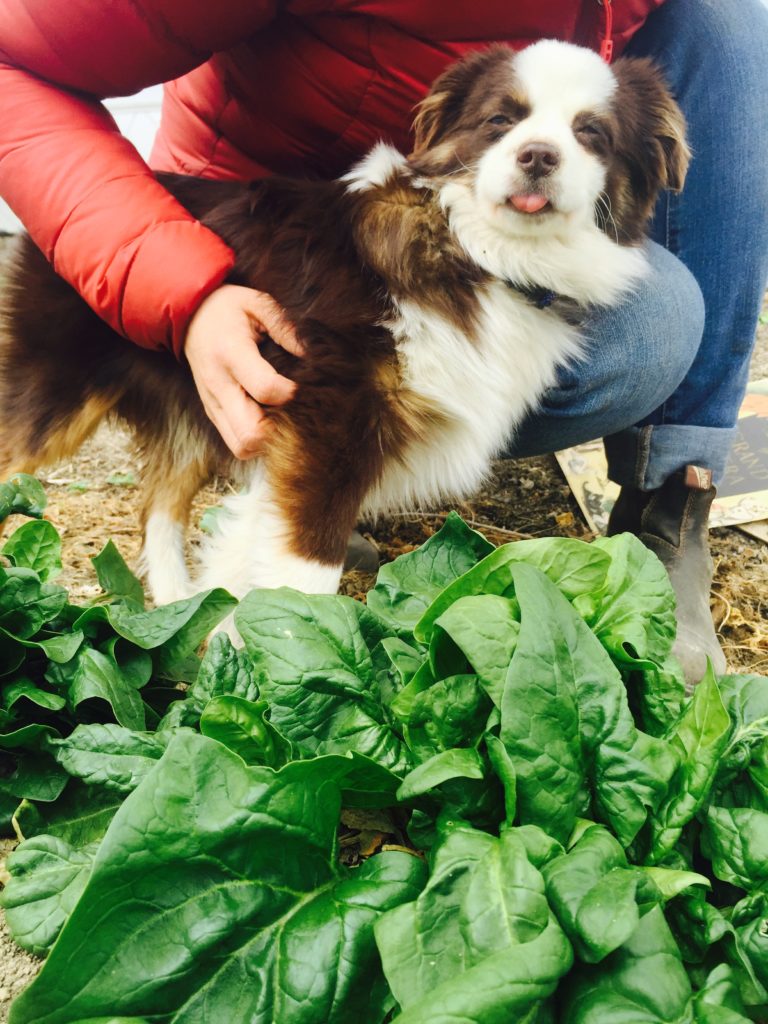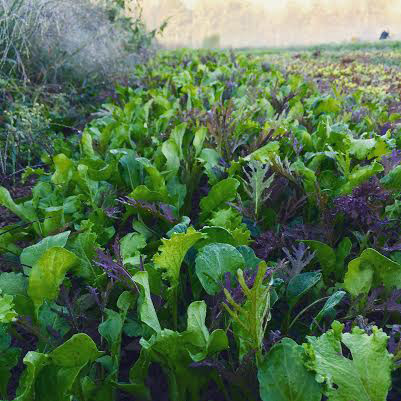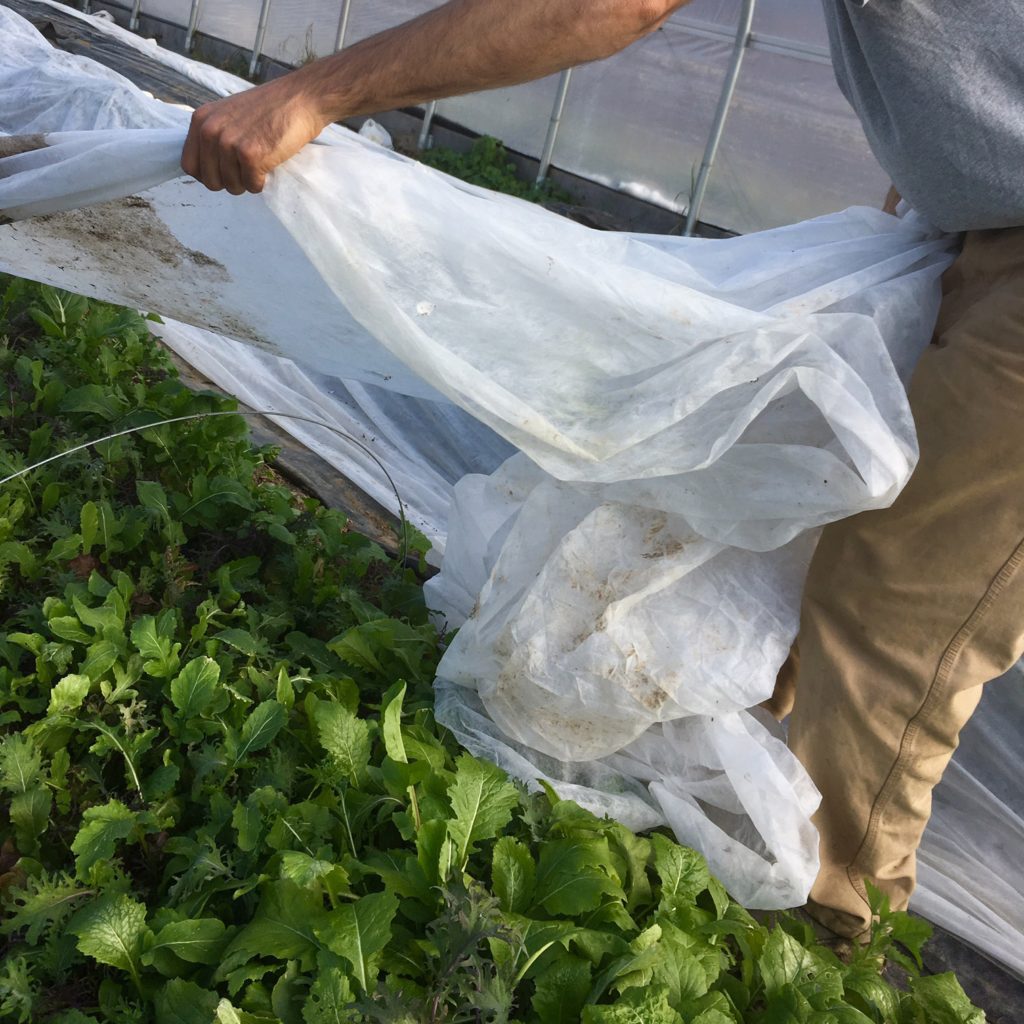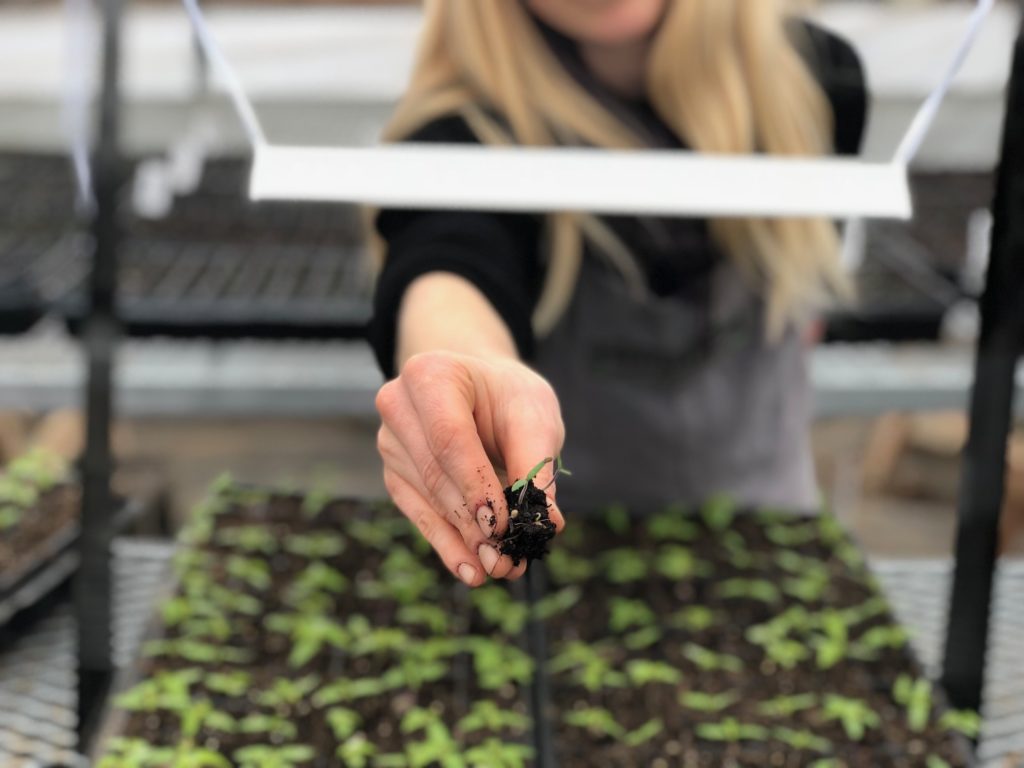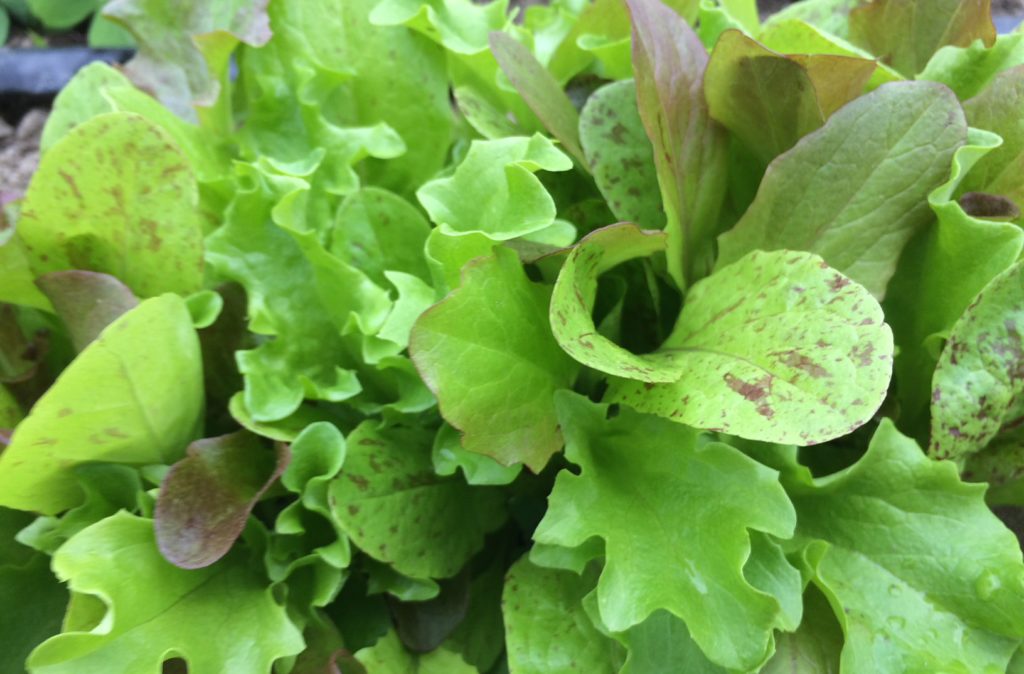Traditional wisdom sends us to our garden Memorial Day weekend. And for good reason: the soil is finally warm, it is marvelous to not wear socks and all the quintessential summer crops (tomatoes, basil, beans) can be planted with confidence knowing there will (likely) not be another frost ’til fall.
Certainly, Memorial Day is a great time to start your garden but friends, there’s no need to wait. Especially if you love salad as much as Davi and I do
With the right seeds, the right tools and the right timing, you can be eating greens six weeks or more before Memorial Day, even in our short seasons here in the Finger Lakes.
Yes, even when it’s still snowing on April 19th, as it is today
Here are my five ways to make sure you’re eating salad before Memorial Day.
1. Sow in fall
When does nature sow her seeds?
In the fall!
Much more on this as autumn approaches
In the meantime, know that seeds sown in fall will nourish you in fall, throughout the winter and will regrow vigorously as soon as the snows melt. My favorites are spinach, asian spinach, cilantro, kale, winter green mesclun and arugula. Our Winter Greens collection is the go-to for spring or fall sowing, as well.
2. Sow as soon as your soil can be worked
Once the snows melt, I pay close attention to the soil. Days or weeks may pass until it’s finally that elusive time when ‘the soil can be worked.’ We’re waiting for the soil to become warm enough and dry enough so that any tillage we may do won’t totally destroy our soil structure.
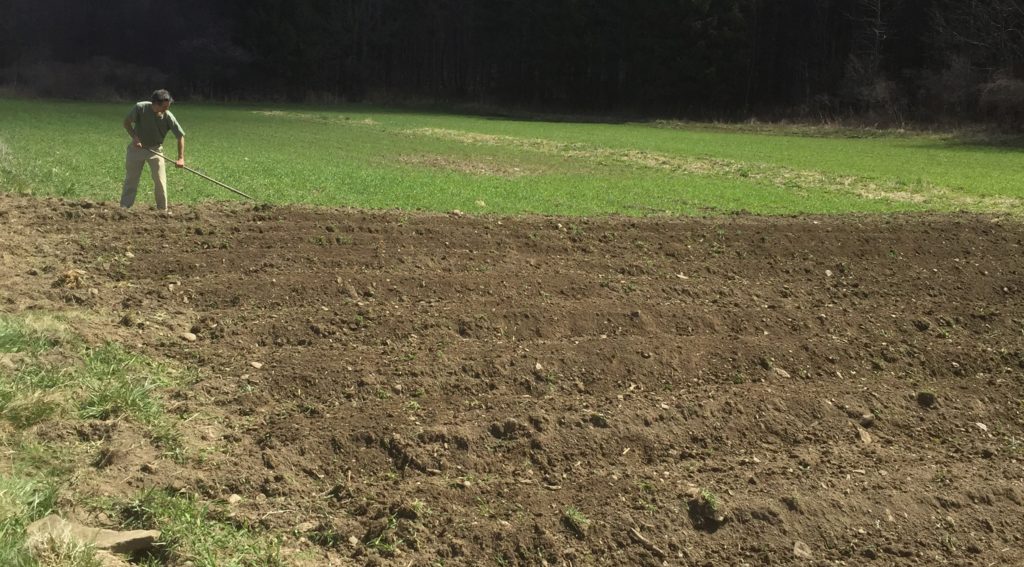
Soon I’ll share a great video with you sharing a little test so you can do this at home. (I can’t yet, because our soil has only just begun to thaw in this, the winter of our spring…!) You just never know how early or late you’ll really be able to direct sow, so it’s wise to:
3. Plan to Transplant
Whether spring lets you get into your garden in March or May, transplanting allows you to harvest your first succession of greens and herbs weeks earlier than if you were to only direct sow. Hardening off is always important and it’s absolutely vital for those first transplants moving from your cozy house to the frosty nights of your garden.
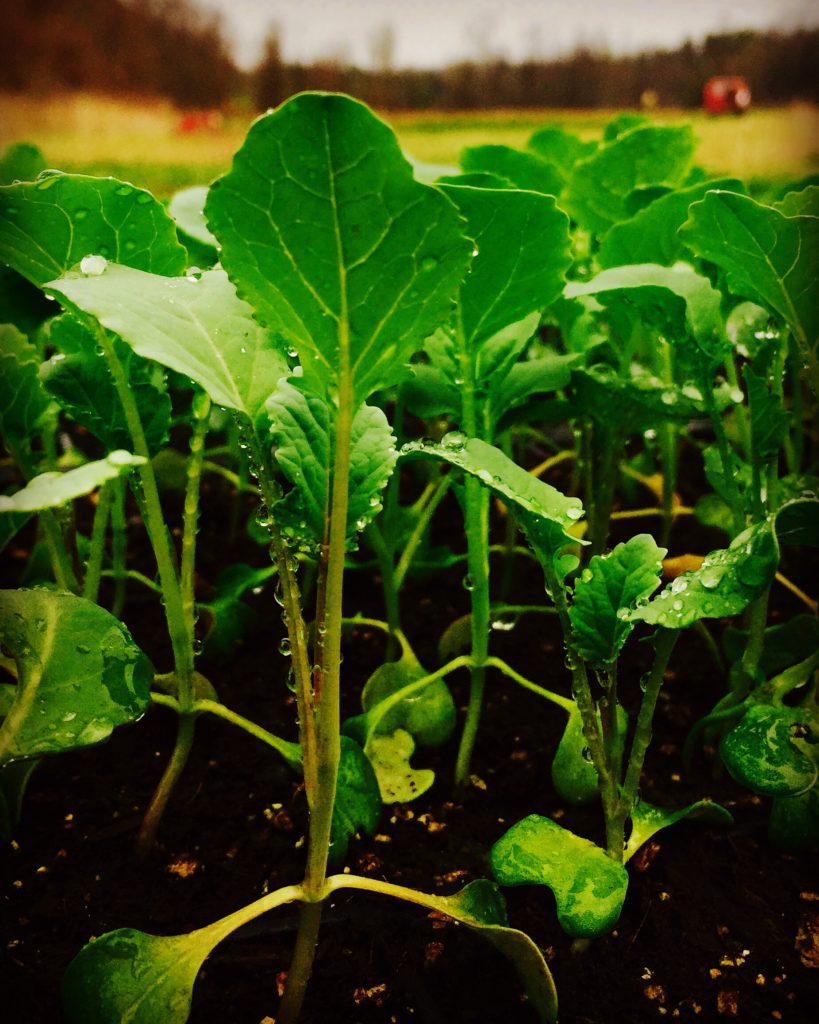
A word to you wise, eager transplanters: greens love to be transplanted, especially brassicas like arugula, kale, spinach and baby pac choi. Also, your peas, radishes and other early spring root crops, not so much! Stick to transplanting only greens in early spring and you won’t be disappointed.
4. Floating Row Cover = Serious Magic
Whether you direct sow or transplant greens in your mission to harvest salad before Memorial Day, row cover significantly increases your chances. ‘Floating row cover‘ is spun polyester fabric allowing light and moisture to penetrate while increasing the air temperature beneath it. Head here for a short, sweet video about row cover on our farm! Everything growing under your row cover this spring will grow much faster. This is our Deluxe Mesclun Mix being covered:
We weight row cover down with sandbags on our farm, but rocks and a shovel of soil will also do the trick. If you keep the bottom edges fully weighted, you will also thwart insects like flea beetles and cucumber beetles that would love to eat your crops but are suddenly excluded by the fabric. Fabric can float over baby greens and other crops less than 6 inches without any support, though it increases warmth and ease of harvest to have your greens under spring steel wire hoops.
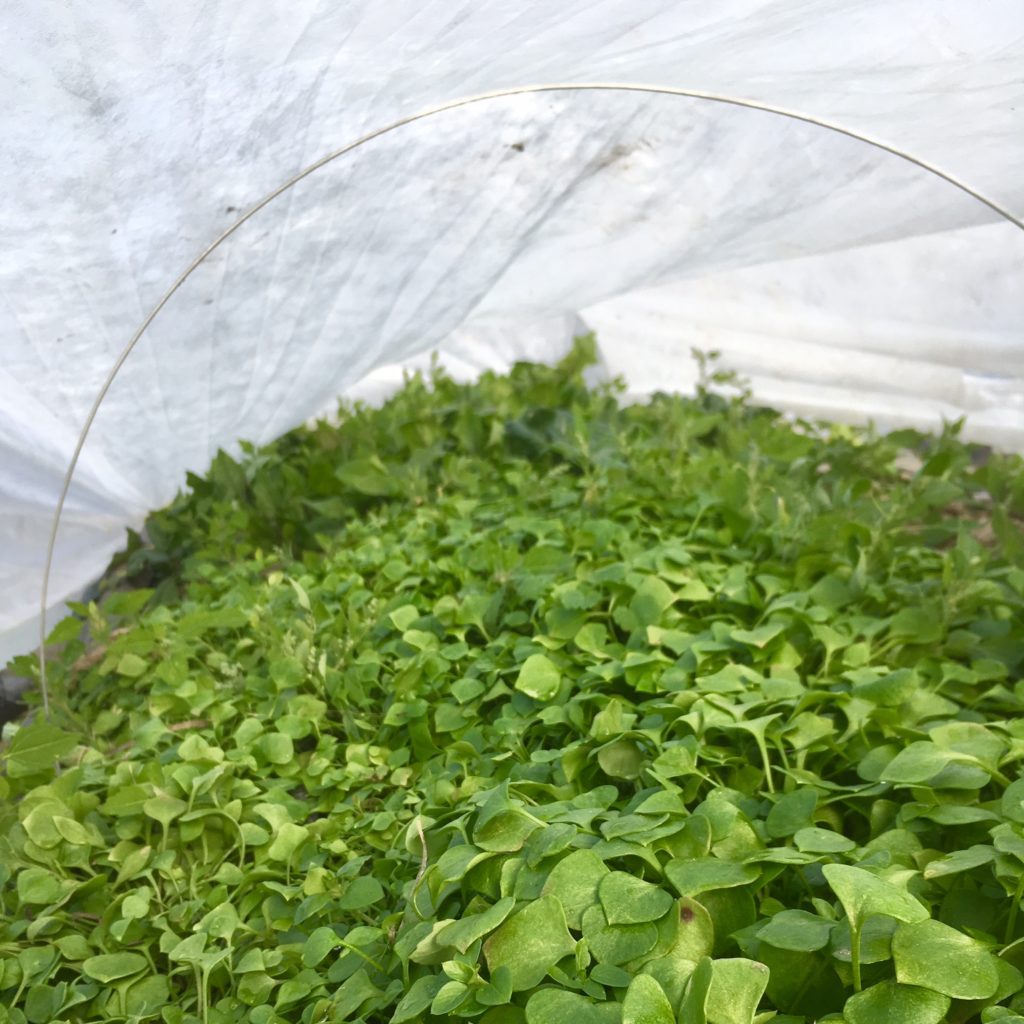
As soon as you’re protecting taller crops, especially head lettuce, broccoli and squash, you’ll be grateful to have such hoops to keep your row cover lifted. Hoops also raise the temperatures inside them, increasing growth and regrowth notably. Our hoops are easy to bend into the ideal shape for your garden beds and you’ll have each hoop for years to come.
5. Microgreens are Always on the Menu
If eating greens all winter long sounds lovely, microgreens are your new best friend. They’re easy to grow and you’ll harvest them often a week later. Our full spectrum LED lights are ideal for growing up to 2 to 3 trays of short, stout seedlings in spring, but these lights grow 4 trays of microgreens at a time, all winter long.
Suspended 20 inches above the trays, this is a little too distant for stout, unstressed seedlings and they’ll start to reach, making your microgreens easier to harvest. Kale, arugula, chard, beet, basil, dill, and lettuce are our favorite microgreens. Our Microgreens Collection will surround you will brilliant, fast-growing diversity. We simply scatter them in a thick carpet (1/8 to 1/4 inch between seeds), filling the entire tray to the edges. We harvest them with scissors once they’re an inch or so tall, 7 to 10 days later.
Though our seasons are short, we eat greens every day of the year. The right seeds, the rights tools and the right timing makes it easy. Share your discoveries with us on social media! We’re always sharing our tricks, discoveries and celebrations there, as well.
Sow Seeds & Sing Songs,

and the Many Beings of Fruition
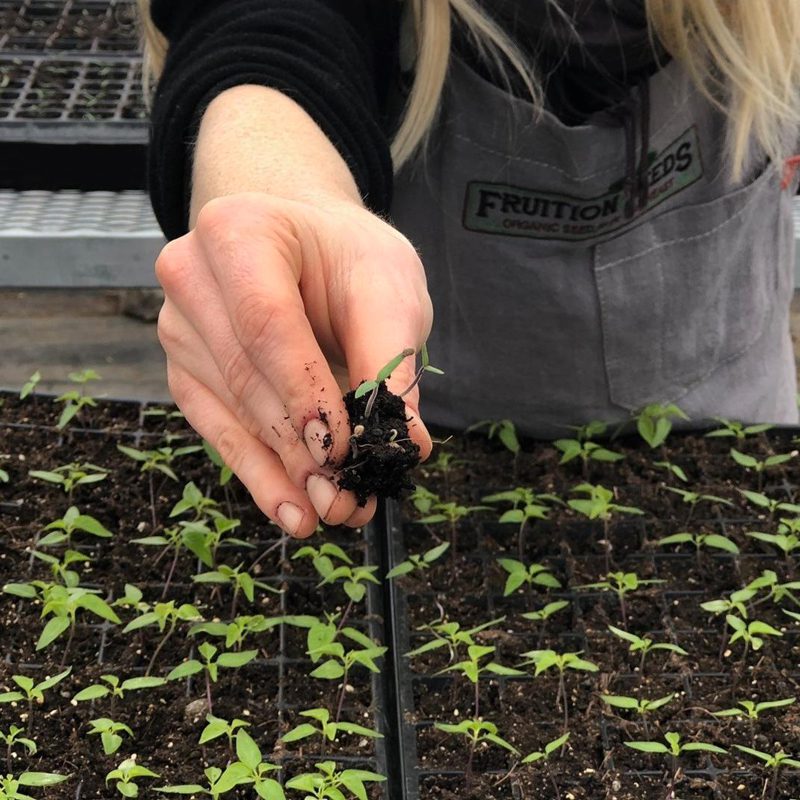
Build your skills & confidence quickly
with our online course
Starting Seeds with Ease!
Fruition’s free course shares 100+ video tutorials to surround you with abundance for seasons to come.
We look so forward to joining you on the journey!

